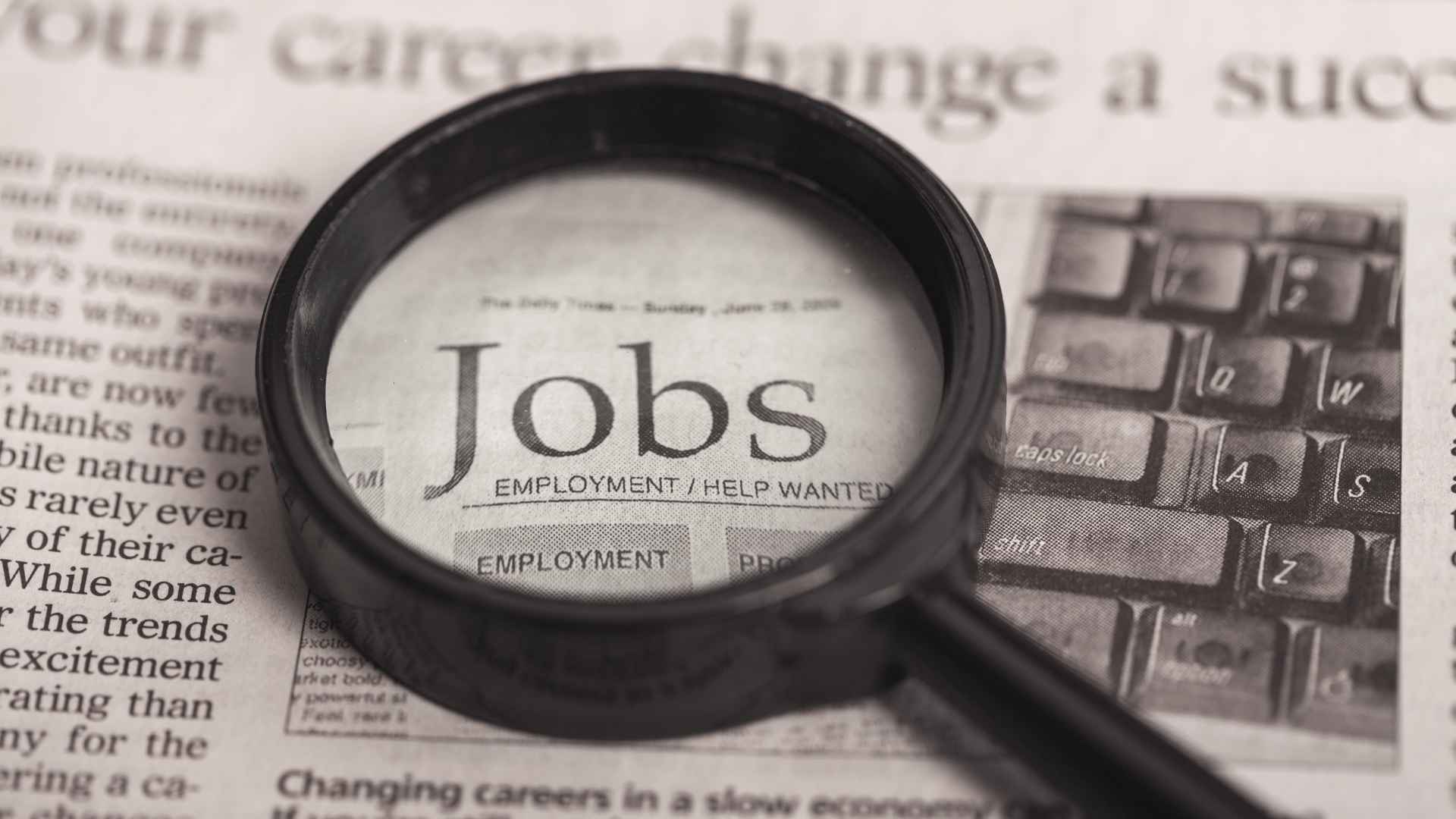It can be difficult to deal with unemployment in the Philippines or anywhere else on the globe, but there are a number of tools and services that can be used to help people get through this trying time. Like many other nations, the Philippines has a distinctive economic and social environment that may influence how people deal with unemployment. The following advice will assist people in the Philippines in dealing with unemployment:
Stay positive and maintain a healthy mindset.
Even though being unemployed might be emotionally draining, it's crucial to keep a good outlook. Keep your attention on your abilities, talents, and prior successes. Keep in mind that unemployment is frequently a temporary situation; use this time to reassess your career objectives.
Assess Your Finances:
Examine your financial condition carefully. Make a budget to keep track of your spending, give priority to necessities, and cut back on frivolous purchases. If needed, seek financial guidance.
Apply for government assistance:
The Philippine government offers various social welfare programs, including the Pantawid Pamilyang Pilipino Program (4Ps), which provides cash assistance to eligible families. Check if you qualify for any of these programs.
Develop new skills:
While job hunting, consider investing your time in upgrading your skills. Enroll in online courses or vocational training programs to enhance your qualifications and make yourself more competitive in the job market.
Networking:
Tap into your professional and personal networks. Inform friends, family, and former colleagues that you're looking for work. Attend job fairs and networking events to connect with potential employers.
Job Search:
Utilize online job portals, company websites, and social media platforms to search for job openings. Tailor your resume and cover letter to each position you apply for. Be persistent and apply to multiple positions.
Consider Freelancing or Self-Employment:
In the gig economy, there are numerous opportunities for freelancers and entrepreneurs. Explore freelancing websites or start a small business if you have a marketable skill or a business idea.
Seek support services:
Organizations and non-profits in the Philippines offer support for job seekers, including career counseling, resume writing, and interview preparation. Avail yourself of these resources to improve your job-seeking strategies.
Stay Healthy:
Physical and mental health are crucial during times of unemployment. Regular exercise and a balanced diet can help reduce stress and keep you in good health. Consider engaging in mindfulness or relaxation techniques to manage anxiety and depression.
The unemployment rate will increase to 4.5% in June 2023, but unpaid workers are still rising.
In the very same month a year earlier, the month of June 2023, the unemployment rate in many parts of the world, including the Philippines, increased to 4.5%, signaling ongoing economic challenges and highlighting the persistent issue of unpaid workers. This situation can be concerning and has several social, economic, and individual implications.
Factors Contributing to the Unemployment Rate Increase:
Economic Uncertainty: Economic conditions, both domestically and globally, can heavily influence the unemployment rate. Factors like recessions, reduced consumer spending, or fluctuations in global trade can all increase the jobless rate or contribute to job losses.
Pandemic Fallout: While many countries have made progress in managing the COVID-19 pandemic, its effects on agriculture and industry sectors and the job market continue to linger. Certain industries, like tourism, wholesale and retail trade, and hospitality, have been particularly hard-hit, leading to job losses and reduced income for workers.
Automation and Technological Advances: Automation and technological advancements are altering the labor force employment landscape. Some jobs are being replaced by technology, leading to job displacement for certain workers.
Mismatched Skills: The job market may have positions available for unemployed persons, but they might require employed persons with specific skills or qualifications that many unemployed individuals do not possess. This skill-job mismatch can lead to higher unemployment rates.
Unpaid Workers: The issue of unpaid workers is deeply interconnected with unemployment. Some individuals may engage in unpaid work, often employed in the services sector, the informal sector, or as underpaid labor, which does not get recorded in official unemployment statistics. This underemployment or disguised employment can contribute to income inequality and social challenges.
Consequences of Rising Unemployment and Unpaid Work:
Economic Strain: Higher unemployment rates can strain the overall economy. When a number of unemployed people are out of work, they have less disposable income, which can lead to reduced consumer spending and potentially contribute to a slower economic recovery.
Social and Psychological Impact: Individuals affected by unemployment may experience financial stress, anxiety, and depression. Families can be adversely affected as well, as they deal with financial uncertainty and strained relationships.
Government Resources: Governments may need to allocate more resources to social welfare programs, job training initiatives, and other forms of support to assist the unemployed, which can strain public finances.
Income Inequality: The gap between the employed and the number of unemployed persons or underemployed workers can widen, leading to increased income inequality, which has broader social and political ramifications.
Addressing the issue:
Addressing rising unemployment and unpaid work requires a multi-pronged approach:
Investing in Education and Training: Governments and private sectors should focus on providing education and training programs to help workers gain the skills needed for in-demand jobs.
Support for Small Businesses: Small businesses are often the engines of job creation. Government policies and initiatives that support small and medium-sized enterprises (SMEs) can help boost youth employment as the unemployment rate increases.
Social Safety Nets: Strengthening social safety nets, including unemployment benefits and job retraining programs, can provide crucial support to those affected by job loss.
Promoting Entrepreneurship: Encouraging entrepreneurship and innovation can create new opportunities for self-employment and business ownership.
Unemployment Rate Projections:
According to Trading Economics, the Philippines is expected to have an unemployment rate of 5.00 percent by the end of the current quarter. This projection is based on extensive national economic modeling and analysis. Looking into the future, there is an expectation that the unemployment rate will trend around 6.00 percent in 2024 and then return to 5.00 percent in 2025, according to the econometric models employed.
Factors Influencing the Projections:
- Economic Recovery: The expected decrease in unemployment by the end of the current quarter suggests that the Philippines is likely experiencing economic recovery. A lower unemployment rate indicates that more people are finding employment opportunities, which is generally a positive sign for the economy.
- Government Initiatives: Government policies and initiatives aimed at job creation and economic growth can significantly impact unemployment rates. Targeted investments in infrastructure, healthcare, and education can stimulate job growth.
- Global Economic Trends: The Philippines' economy is closely linked to global economic conditions. Changes in the global economic landscape, such as shifts in trade relations and demand for exports, can impact the country's employment figures.
- COVID-19 Pandemic: The COVID-19 pandemic has had a profound impact on global labor markets. The Philippines, like many countries, experienced disruptions in various industries, particularly tourism and hospitality. As the pandemic's effects subside, the job market may gradually recover.
- Industry-Specific Factors: Different industries may experience varying levels of employment. For example, technology and e-commerce have shown resilience during the pandemic, while sectors like tourism and hospitality have faced more significant challenges.
- Skills Mismatch: The gap between the skills possessed by job seekers and the skills demanded by employers can contribute to unemployment. Addressing this mismatch through education and training programs is vital for reducing the unemployment rate.
Implications of the Projections:
A projected unemployment rate of 5.00 percent at the end of the current quarter suggests a positive direction for the Philippines' labor force and market. As the jobless rate is expected to decrease in the near term, it indicates improved job prospects and a gradually recovering economy. However, it's essential to recognize that the unemployment rate's trajectory can be influenced by a variety of factors, both internal and external.
Moreover, a longer-term projection of the unemployment rate rising to around 6.00 percent in 2024 suggests that challenges may persist and the job market could remain competitive. Therefore, policies to sustain job growth, the employment rate, support skills development, and address economic disparities should remain a priority.
For more information on Vista Residences, email [email protected], follow @VistaResidencesOfficial on Facebook, Twitter, Instagram, and Youtube, or call the Marketing Office at 0999 886 4262 / 0917 582 5167.







